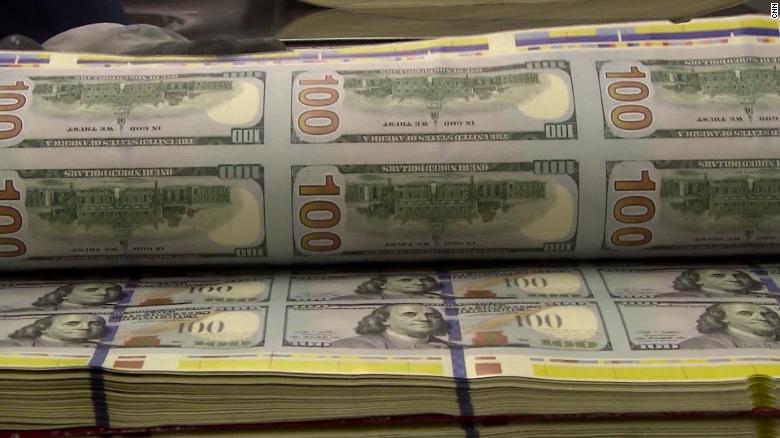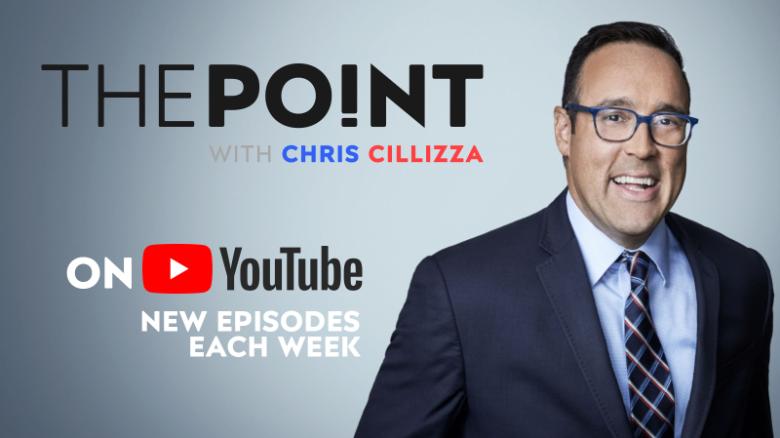$ 14 billion.
That’s how much will be spent on the presidential and congressional races on the ballot in 2020, according to calculations made by the Center for Responsive Politics, a nonpartisan group that monitors money in politics.
That stunning total is not only the most money ever spent on a federal election but also represents more than a doubling of the cost of the races in the last presidential election cycle in 2016. ($ 6.5 billion). In fact, the 2020 presidential race alone ($ 6.6 billion in spending) is projected to cost more than the entire 2016 election, according to CRP.
The leap between the cost of the 2020 election and the 2016 election has no obvious recent historical precedent. While 2016 saw more spending than 2012, it was marginal — as the 2012 election’s price tag was also over $ 6 billion. Ditto the 2008 election, where total spending crested above $ 5 billion.
Once you get beyond the eye-popping numbers of zeroes attached to the cost of this election, the clear takeaway is that the spending is being driven by Democrats up and down the ballot.
Former Vice President Joe Biden, who has raised $ 938 million through October 14, is expected to be the first candidate in American history to raise $ 1 billion through his campaign. (President Donald Trump had raised just short of $ 600 million at that point, according to CRP.)
And it’s not just Biden. Total Democratic spending by candidates and aligned outside groups on the election to date is just shy of $ 7 billion, while Republican spending sits at “just” $ 3.8 billion. There are already four Senate races where more than $ 200 million has been spent: North Carolina ($ 273 million), Iowa ($ 224 million), South Carolina ($ 208 million) and Arizona ($ 205 million).
Some of the overall spending gap is explained by the fact that Democrats had a competitive (and crowded) presidential primary, while Republicans didn’t. (The Democratic spending figure includes the huge amounts of personal money spent during the primary season by billionaires Michael Bloomberg and Tom Steyer. Remove their contributions and Democratic spending is at $ 5.5 billion, which still means Democrats have spent almost $ 2 billion more than their GOP counterparts.)
But not all of it is explained that way. The delta between Democratic raising (and spending) and that of Republicans is also indicative of an enthusiasm gap between the two parties. Trump in the White House has been an incredible fundraising motivator for Democrats — led by Biden, who, up until he became the party’s nominee, was a notoriously weak fundraiser.
“Driven by their supporters’ strong opposition to Trump, Democrats are continuing their fundraising prowess that helped them dominate the money race in the 2018 election cycle,” concludes the Center’s analysis of its data. “Their money machine is more powerful than ever in 2020.”
The report also noted that “Democrats have never had a financial advantage this large.”
Now, money raised and spent isn’t determinative to the outcome of campaigns. Trump spent half of what Hillary Clinton did in 2016 and still won. But as a general rule of politics, the candidate who spends more on the race usually wins. Not just because money helps pay for TV ads that a candidate can use to persuade voters, but also because money, as I noted above, is usually indicative of enthusiasm within a party’s base.
Viewed most broadly, what the surge of campaign cash into the election suggests is that attempts by reformers to limit money — particularly from unknown sources — has largely failed. Only 30% of total spending by outside groups in the 2020 federal races has come from those who fully disclose their donors, according to CRP.
The question going forward is whether any politician — from the next president on down — has the will or desire to do something about it. Or whether there is even anything that can — or should be down about the ever-rising costs of our political campaigns.
>>>details

